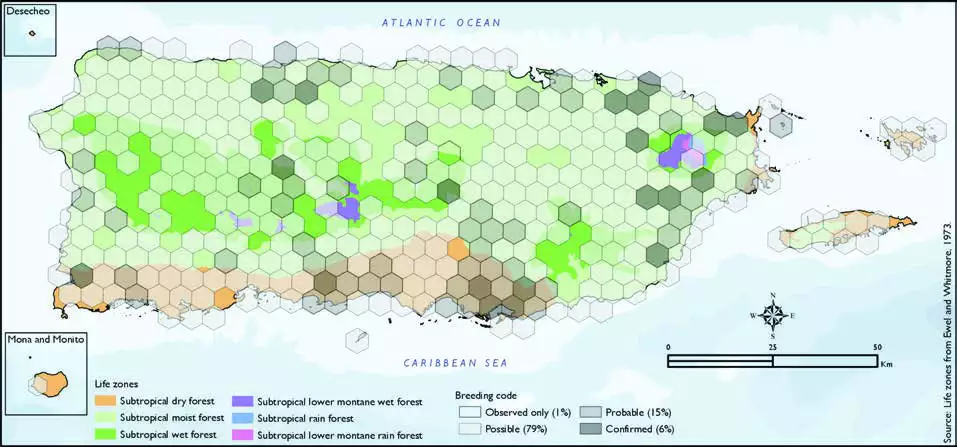Smooth-billed Ani
Description
The smooth-billed ani (Crotophaga ani) is a large near passerine bird in the cuckoo family. It is a resident breeding species from southern Florida, the Caribbean, parts of Central America, south to western Ecuador, Brazil, northern Argentina and southern Chile. It was introduced to Galápagos around the 1960s and is potentially impacting native and endemic species across the archipelago.
The smooth-billed ani is a mid-sized species, larger on average than the groove-billed ani but smaller than the greater ani. It measures 30–36 cm (12–14 in) in length and weighs 71–133 g (2.5–4.7 oz). The adult is mainly flat black, with a long tail, deep ridged black bill and a brown iris. The flight is weak and wobbly, but the bird runs well and usually feeds on the ground. This species is called "el pijul" in Venezuelan folklore.[citation needed] It is mentioned in the popular Veracruz song "El Pijul".
Distribution & Habitat
The Smooth-billed Ani occurs from the southern tip of the
United States through the West
Indies, and from Costa Rica
through most of South America
(Biaggi 1997, Raffaele and
others 1998). It is a common
widespread breeding resident
in Puerto Rico (Oberle 2018,
Raffaele 1989a) and satellite
islands such as Desecheo (Meier
and others 1989), Mona (Barnés
1946, Gordon and others 1961,
Terborgh and Faaborg 1973),
Culebra (Wetmore 1917), and
Vieques (Saliva 1994, Sorrié 1975,
Wetmore 1916), in the latter
being a fairly common resident
(Gemmill 2015). Anis are most common, usually in fl ocks, in
open and semi-open habitats
including pastures with scattered
trees and shrubby fields (Oberle
2018, Raffaele 1989a). The atlas
fieldwork yielded a total of 631
records within 359 hexagons
or 75 percent of the 479 total
hexagons (see map). Of the 359
hexagons where this species
was found, breeding met the
atlas definition of confirmed in
6 percent (20) of the hexagons,
probable in 15 percent (54), and
possible in 79 percent (282),
while the species was observed
in 1 percent (3) of the hexagons
but without evidence of breeding
(see map). Smooth-billed Ani distribution. The map shows the highest breeding code by hexagon and overlaying the ecological life zones in
Puerto Rico. Note: percentages may not total 100 due to rounding. 67Smooth-billed Ani/Garrapatero o Judío

Breeding Habits
The Smooth-billed Ani builds a large bulky nest made mostly
of twigs, leaves, and dried plant
material, usually placed in a
tree at several meters above
the ground (Biaggi 1997). The
nest is used communally by
different females to lay their
eggs (Raffaele and others 1998).
Previously published reports
indicate that this species appears
to breed year-round (Raffaele
and others 1998). Atlas results
show that this species breeding
season extends throughout the
year, with the most breeding activity from March to June (see
chart). Overall, the breeding
activity peaks in June, and it
mostly takes place within the
subtropical moist forest life zone
(63 percent of the hexagons)
(see table). However, results
indicate that it also breeds in
the southern region within the
subtropical dry forest life zone
(22 percent of the hexagons)
and in subtropical wet and lower
montane wet forest life zones
at higher elevations (15 percent
of the hexagons) (see table
and map).
Conservation
The current population trend of the Smooth-billed Ani is
described as decreasing in North
America (Butcher and Niven
2007). This species is currently
listed as a species of least
concern by the IUCN (BirdLife
International 2018). Locally,
this species is not listed in any
of the threatened categories of
PRDNER and USFWS. In Puerto
Rico, the Smooth-billed Ani has
a protected habitat in land of 12
percent or 1020 km2 of the total area covered by the hexagons
where evidence of breeding
was found for this species
(8490 km2).
Related Species
Family:
cuckoo